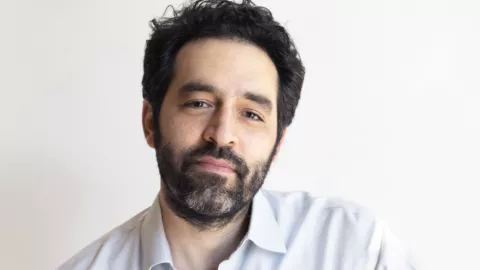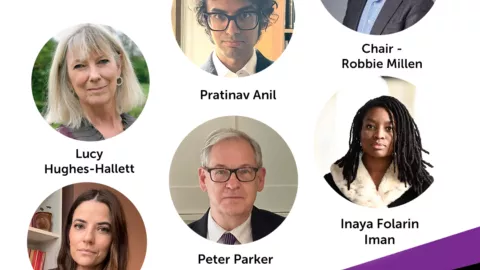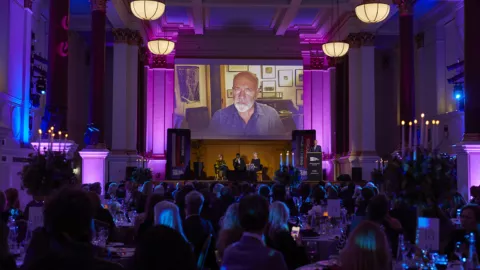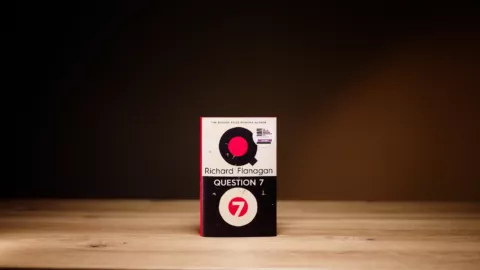
Jonathan Blitzer Longlist Interview
9 October 2024
How does it feel to be longlisted?
It’s an incredible honour to be recognized by the judges committee, and to be in the company of such exemplary writers.
How did you conduct your research?
The seed of this book was planted on the day of the school bus crash, which took place not far from my home in Jerusalem. The kindergartners and teachers on the bus live just two miles from my apartment, but behind an imposing, 8-metre-tall concrete wall that encircles their community. Cut off from the heart of the city in which they grew up and crammed into a dense urban ghetto, they are forced to drive on narrow, dilapidated streets with no lanes, sidewalks, or police presence, and to wait in long lines at a military checkpoint to get to their schools, jobs, and hospitals—all of this in plain view of the elegant campus of Israel’s most prestigious university. The consequences of segregating and neglecting these people came into sharp relief when tragedy struck on the other side of the wall. Like many residents of Jerusalem, I drove by that walled-off enclave every week, hardly noticing it. But after the accident I couldn’t stop thinking of the children and the families who share this city with me, and what a different world they have been forced to live in. It wasn’t until years later, when I had the time to devote myself to writing a book, that I began in-depth research on the collision, sifting through police reports, court documents, and audio and video recordings. My research expanded from there, as I spoke to more and more Palestinian families whose lives were destroyed by the event, and to Israeli Jews whose own paths intersected with it. It was important to me that the book tell the personal stories of both Palestinians and Jews; finding the right characters took considerable digging. But the truth is that many of the most important discoveries came by chance. A close family friend turned out to be a distant relative of one of the parents, Abed Salama. As soon as I met Abed and heard his story, I knew he would be at the centre of this book. Over the next four years, he and I spent so much time together that I came to feel like an honorary member of his family. Abed and a number of other characters shared their rawest emotions with me, in some cases revealing thoughts, feelings, and memories that they had kept from their own spouses. I knew I had a tremendous responsibility to do right by the trust they bestowed on me.
How does your book interweave the stories of Jewish and Palestinian characters with the journey of Abed and Milad, the book’s protagonists?
The book tells the story of Abed and his son Milad, but also of a teacher who sacrificed herself to rescue her students, a bystander who heroically entered the burning bus to pull out dozens of children, a settler paramedic who had witnessed unimaginable horrors in the past but was haunted and traumatized by the scale of this tragedy, and two desperate mothers who each hoped to claim the same severely injured boy as their son. By delving into the lives and backgrounds of the characters, the book ended up ranging far beyond the immediate present of the accident and forming a kind of intimate, multigenerational history of Palestine and Israel as refracted through these individuals’ families and memories. Once I decided that the book would essentially follow the chronology of the day, the structure began to fall into place. One of the great challenges was to interweave two different timelines: on one hand, the day of the crash and the order in which each protagonist intersected with it; on the other, the deep history of Israel-Palestine.
What made you structure the book over one day?
One of the chief aims of this book is to make people feel, in the most visceral way, what it is to live in this place. Only by immersing the reader in the minute-by-minute experience of these Palestinian and Jewish characters could one really hope to do that. Of course there is a great deal more in the book than just the events of that day—there are past expulsions, air raids, and prison hunger strikes; decades-old jealousies, romances, and rivalries; and the years-long unravelling of a marriage in the wake of the loss of a child—but I knew that the day itself had to be the spine of the book if it was to convey the lived reality of these individuals.
What are you working on next?
I’m afraid I’m rather incapable of doing more than one thing at a time. I have ideas and interests that are percolating, but I won’t be able to decide what to work on next until I’ve done everything I can to help this book find its readers. I’ve also incurred many debts to my daughters, so when I return from the book tour I’ll be focused on spending time with them.


10 April 2025

17 December 2024

19 November 2024